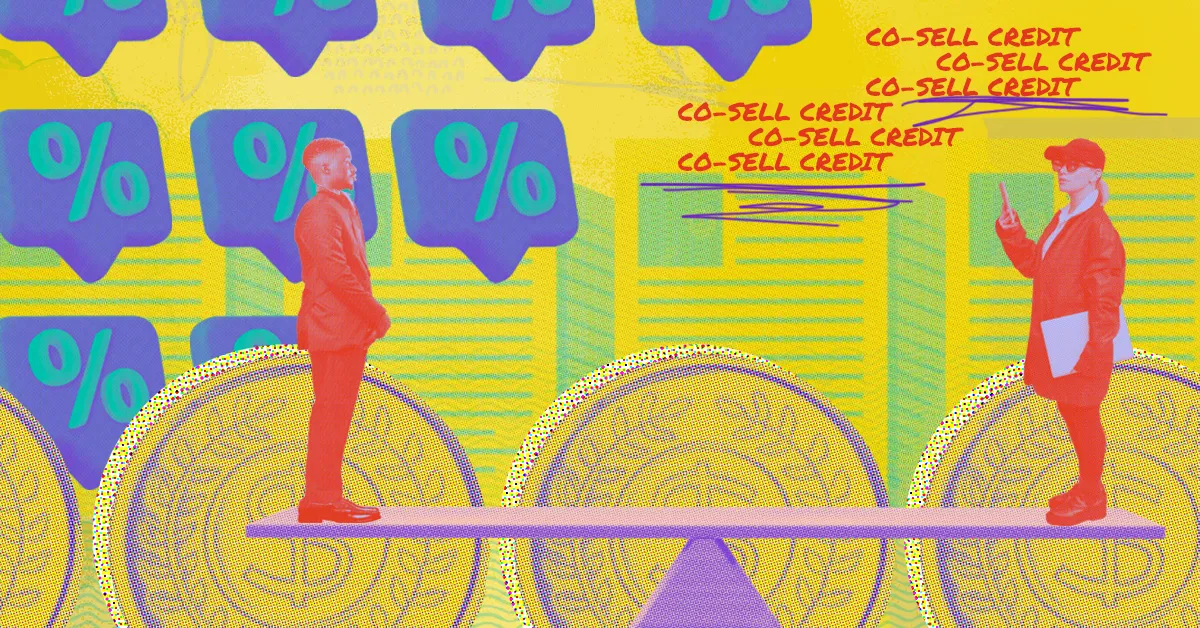Do you remember LinkedIn in 2022, when quiet quitting was all anyone talked about? Employers across the world were second-guessing every single unanswered Slack message or missed deadline, wondering if their people were quiet quitting.
Of course, disengagement wasn’t a new problem, but we now had a cute alliteration to name it. We soon realized that you can quiet quit anything from your book club, to your marathon training, to your relationship. And if you were running a partner program, you wondered if your channel partners were quiet quitting on you. You may still be wondering today.
The good news is that if you’re seeing the signs of people quiet quitting your partner program, you can win them back!
Here’s how you can re-ignite partner engagement.
What does quiet quitting look like in partner programs?
Quiet quitting a job refers to an employee growing disengaged and doing the bare minimum. This reveals itself when you see them leave at 5:01 p.m. every day and refuse to take on any extra projects. Whereas quiet quitting partner engagement refers to your partners doing the bare minimum to sell your brand. This reveals itself when you notice things like reduced deal registration, fewer logins to the partner portal, inactive campaigns or sluggish partner performance.
That was exactly where Leadpages found themselves a few years ago. They were a top landing page creator, but they were seeing their partner engagement numbers dwindling.
“We were seeing engagement go down because of the way we're running our program,” said Staci Gardiner, Affiliates Manager at Leadpages. “It was all on recurring commissions. So, a lot of our partners would bring in a bunch of people, and then they weren't really incentivized to bring in new business.”
“After a while, they didn't see that reward up front. So, it's like, ‘Oh, I brought in my 10 customers. I'll just let them sit there. I don't have a really big reason to bring in more.”

Related: Customer case studies that highlight revenue-driving partnerships in action.
Why channel partners quiet quit a partner program
It’s really easy to look at low partner performance and say, “Why aren’t these partners producing? What’s wrong with them?”
But when it comes to partner engagement strategies, it’s far braver (and more productive) to ask, “What are we doing wrong? How can we help them?”
That’s the self-facing approach that Leadpages took to fixing their partner engagement problem. They asked themselves how they could boost partner performance and looked for gaps in their channel partners program.
They discovered that, yes, there were issues with their commission structure. But they also discovered other areas where they weren’t supporting their channel partners as well as they could.
“We weren't updating a lot of our brand assets for them or being in contact with them as much as we should,” said Gardiner.
“We weren't really connecting with them on a partner level.”
You might also like: Partner enablement tips to build success through strategic empowerment.
How to drive partner engagement before it’s too late
The good news is that there are several partner engagement strategies that can help win these partners back — and even get them more excited than ever to represent your brand.
Leadpages’ new commission structure was an immediate hit and lit a fire under their channel partners.
“In the previous program, if they brought in five pro customers, they were getting $148 for that. And now with the new program, if they bring in five pro customers, they can make up to $2,000. So, quite the big jump,” said Gardiner.
She added that Leadpages also did a total rebrand, which included entirely new marketing materials for their channel partners that would help them more accurately represent what the product had become.

“Before the rebrand, we were pushing ourselves as just a landing page builder, which is great and something we sell as our main product. However, as the space was growing, we saw ourselves more as a conversion rate optimization tool, and our product team was building towards that,” said Gardiner.
“So really showing our affiliates, “Hey, we are not just a landing page builder.” That's our core product and we're great at it. But we added a lot of different tools that can make you feel like you have a whole marketing tool suite. One of our biggest things at Leadpages is that we want to help you increase your conversion rates. And so now we have a bunch of tools to support that as well.”
The end result? Leadpages’ new partner engagement strategies led to a:
- 63% decrease in customer acquisition through their affiliate channel
- 16% lift in new customer trials with the affiliate program
- 14% lift in trial conversions overall
And Gardiner added that they saw these partner performance spikes almost immediately after making changes.
Engagement strategies that help rebuild trust in a quiet quitter
The new commission structure and new branding materials were game-changers for Leadpages, but those weren’t the only major pivots they made.
Gardiner said that they rebuilt trust by making their relationships more collaborative and giving channel partners one-on-one access to a point of contact on the Leadpages team.
“Letting them know, like, ‘Hey, you can reach out to me. I can help you with strategy. If you want to get on a call and talk about how you want to sell Leadpages, let's go through your audience. I'll be here for you.’ I think that really resonated.”
It’s also important to remember that the little things can have a big impact on partner engagement and winning back quiet quitters. For example, Leadpages began recognizing strong partner performance with milestone emails.
“When they hit something big, we started sending them a little personal note. You can automate that so it can feel like it's very personal, but you’ve already set it up in the background,” said Gardiner.
“We found that, if we celebrate them, they're going to drive more traffic or be more engaged.”
More like this: Partner playbook to start strong with automated partner onboarding.
Tools that support long-term partner engagement
Of course, you don’t need to do this alone. Leveraging modern partner tools can help you empower your channel partners. For example, an intuitive partner portal like the one offered by PartnerStack allows for seamless self-service access to resources, onboarding, training and certification programs. This empowers partners to grow confidently within your partner ecosystem.
At the same time, tools like Crossbeam and Reveal offer robust deal registration platforms that build trust by preventing channel conflict and increasing visibility into shared opportunities. This not only streamlines the sales process, but also fosters partner success by aligning teams early on.
Creating an environment where partners feel valued starts with transparency and access. When partners can register deals, access enablement tools and track progress all in one place, they get invested in the relationship. Joint marketing initiatives also play a critical role. Co-branded campaigns and shared go-to-market strategies drive deeper engagement and more leads.
The bottom line is that when partners are equipped with the right tools and support, it helps everything from boosting customer satisfaction, to sustainable mutual growth and success, to cultivating a thriving partner ecosystem built on collaboration and trust.

















